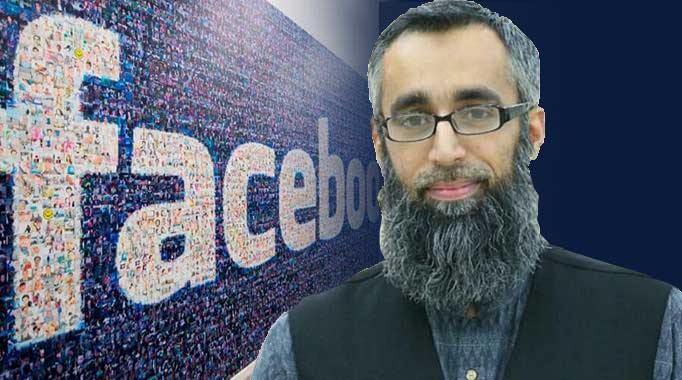ISLAMABAD: It is revealed that unemployment in the country will rise and unemployed people will reach 6.65 million during the fiscal year 2020-21, compared to 5.80m of the outgoing financial year. In Pakistan, the ratio of unemployment among educated people (degree holders) is three times higher than the other overall unemployed people. The reason given for this is a mismatch between the education being imparted and the need of the economy to sufficiently absorb fresh graduates.
According to the government’s annual plan 2020-21, Pakistan has the 9th largest labour force in the world which is increasing every year.
The number of employed workers will reach 62.91m in 2020-21 from 62.18m in 2019-20. According to the Labour Force Survey 2017-18, unemployment rate for the next year (2020-21) has been estimated at 9.56 per cent.
Similarly, the gender-based difference of unemployment, according to Labour Force Survey 2017-18, shows higher rate among the female than the male — 8.27pc and 5.07pc, respectively.
The youth unemployment rate is quite high as compared to the average unemployment rate. The highest overall unemployment rate (11.56pc) is prevalent among the age group of 20-24 years.
The annual plan, while underlining the importance of employment, says that provision of productive, remunerative and decent jobs is the basic mechanism to distribute benefits of growth among the poor segments of society. Creation of productive employment opportunities is one of the priorities of the government. Provision of employment, particularly to the youth, is a big challenge and highly important to develop and utilise capabilities of the younger generation.
Pakistan is the sixth most populous country in the world with a population of 219m. Given the current rate of population growth, it is estimated to reach 280m by 2030. At present, 63pc of the population is below the age of 30. Helping young people develop the right skills for employment makes economic sense. A staggering number of young people are not in education, employment or training at present.
Enrolment in Pakistan’s specialised technical, vocational education and training sector is low, which persists despite high demand for skill training among both genders. The skill gap has a significant impact on youth employment.
Therefore, maintaining a dynamic relationship between education and employment is highly important. The annual plan, claims the government, has focused on skill development which would offer avenues of productive employment for youth.
Pakistan’s economy has badly suffered with the outbreak of Covid-19 pandemic. This adverse economic impact of the pandemic has translated through various channels, including decline of domestic demand, decrease in business activities, decline in import and export and reduction in production due to supply chain disruption. One of the very obvious effects is a decrease in employment, particularly among people belonging to the vulnerable employment group. The avenues of manpower have suffered. The pandemic has rapidly extended from the health crisis to economic and labour market crises.
The annual plan, according to government claims, focuses on creating gainful employment opportunities under the broader framework of the government plans for economic growth and reforms and suggests Covid-19 responsive measures to protect workers and their jobs.
The story originally appeared in Dawn






